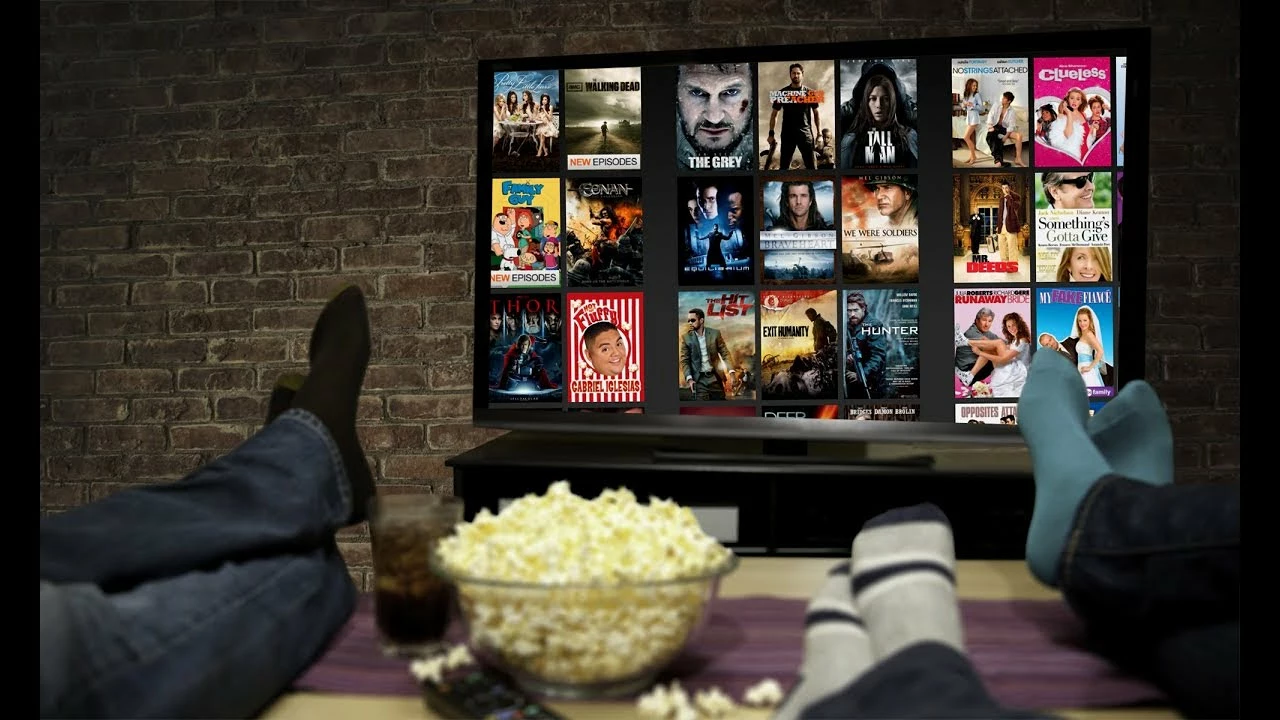Streaming Services Analysis: Why Netflix Doesn’t Do Live Sports
If you browse the streaming world, you’ll see a lot of talk about binge‑watching movies and series. But when it comes to live events—especially sports—Netflix is nowhere to be found. You might wonder why a giant that can stream millions of titles worldwide chooses not to broadcast a game in real time. The answer lies in how Netflix makes money, the technical and legal hurdles of live sports, and what viewers actually expect.
Netflix’s Business Model Centers on On‑Demand Content
Netflix built its brand on a simple promise: watch anything, anytime, without a schedule. That model works because the company can buy or produce shows, load them onto its servers, and let users start, pause, or finish at will. The cost structure is straightforward—pay for content rights, spread the expense over millions of subscriptions, and keep the catalog fresh. Live sports break that rhythm. They require a real‑time feed, often for just a few hours, and they come with a massive price tag that can run into millions per season. Netflix would have to pay for those rights while also investing in the infrastructure to deliver a flawless live stream, which doesn’t match its on‑demand focus.
The Technical and Licensing Challenges of Live Sports
Delivering a live game isn’t the same as streaming a movie. You need ultra‑low latency, robust CDN (content delivery network) setups, and real‑time rights management. A single lag can ruin the experience for fans watching a close match. Traditional broadcasters have spent decades perfecting that system; they own the equipment, the satellite links, and the relationships with leagues. Netflix would have to build or partner for all of that, adding complexity and cost.
Licensing adds another layer of difficulty. Sports leagues often sign exclusive deals with cable or satellite providers, leaving little room for a new player. Even when rights are sold on a non‑exclusive basis, the contracts can be restrictive, limiting how the content can be shown, for how long, and in which regions. Negotiating those deals requires a different skill set than buying a TV series, and Netflix hasn’t shown a strong interest in developing that expertise.
Finally, the audience expectation matters. When you log into Netflix, you expect to pick a show and start instantly. Live sports demand that you tune in at a specific time, follow the score, maybe check stats or replays. That timing clashes with the on‑demand convenience that keeps Netflix subscribers happy.
So, while it might seem logical for Netflix to add live sports to its lineup, the company’s core strategy, the heavy licensing costs, and the technical demands make it a low‑priority move. Instead, Netflix keeps focusing on original series, movies, and a growing library of documentaries—content it can control from start to finish.
For anyone curious about the streaming landscape, understanding why Netflix stays out of live sports gives a clearer picture of how each platform positions itself. Some services, like Amazon Prime or Hulu, are already testing live events, showing that the market is open—but they also have different revenue models and partnerships that make the gamble worthwhile for them. Netflix, on the other hand, prefers to perfect the on‑demand experience rather than jump into the fast‑paced world of live broadcasting.
So, why doesn't Netflix broadcast live events like sports? The primary reason is that Netflix's business model revolves around on-demand streaming of TV shows and movies. Live broadcasts, especially sports, are a completely different ballgame - they require different licensing, technology, and a lot of money. Furthermore, live sports already have a deep-rooted relationship with traditional broadcasting networks. So, while it may seem like a natural progression for Netflix, it's simply not their focus at this moment.
